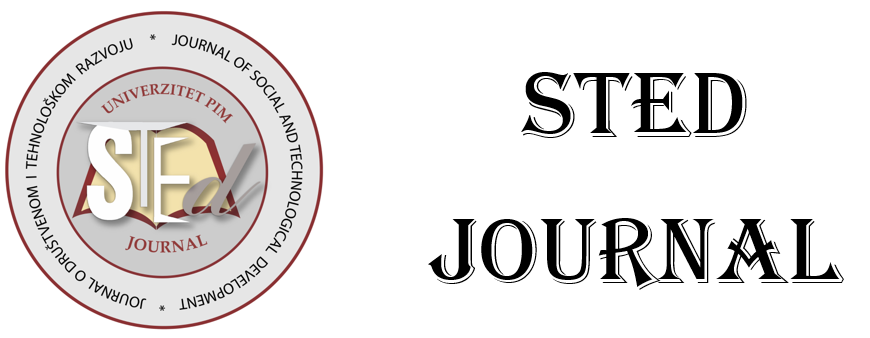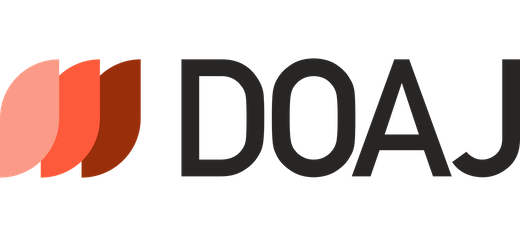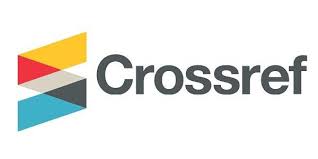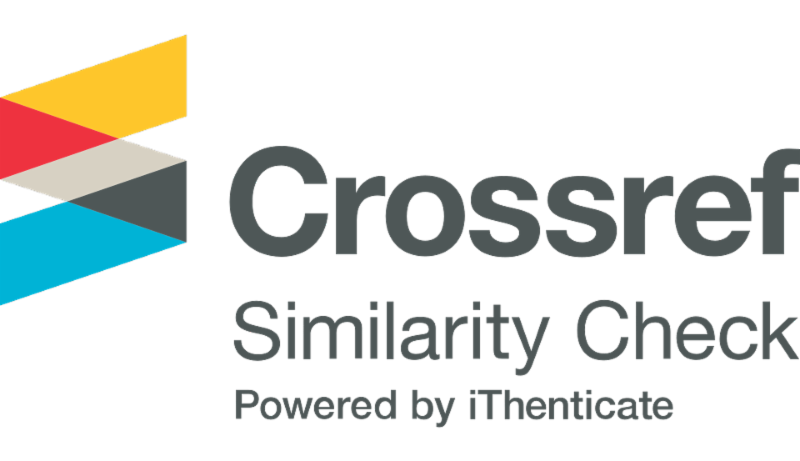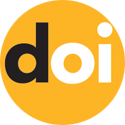
More articles from Volume 2, Issue 1, 2020
PHYTOCHEMICAL STUDY TO VALIDATE THE ETHNOBOTANICAL IMPORTANCE OF Dioscorea steriscus TUBERS OBTAINED FROM ZIMBABWE
DEVELOPMENT OF GEOGRAPHIC INFORMATION SYSTEM IN EDUCATION BY USING THE RATIONAL UNIFIED PROCESS IN BANDUNG
PORODIČNA AFEKTIVNA VEZANOST KOD SUICIDALNIH PACIJENATA
THE PARADOXICAL RELATIONSHIP OF COGNITION AND NONCOGNITION
ANALYSIS OF APPROACHES TO THE MATERIAL FLOW IN THE PRODUCTION PROCESS WITH THE USE OF SIMULATION
Article views
MARKETING IN TOURISM - DIRECT MARKETING AS MARKETING COMMUNICATIONS TECHNOLOGY
Secondary school for Catering and Tourism in Sarajevo , Sarajevo , Bosnia and Herzegovina
Secondary school for Catering and Tourism in Sarajevo , Sarajevo , Bosnia and Herzegovina
Received: 03.05.2020.
Accepted: 12.05.2020. >>
Published: 26.05.2020.
Volume 2, Issue 1 (2020)
pp. 89-105;
Abstract
Marketing in tourism is a systematic adjustment of tourism company policy and political policy at the local, regional, national and international levels in order to meet the needs of tourists and make a profit. The purpose of the paper is to explain how direct marketing, especially as part of a marketing mix, can help facilitate the exchange process in the international and domestic tourism markets. The aim of studying marketing in tourism is to make this concept available in this activity in theoretical, methodological and application terms. Marketing in the tourism industry is in a phase of maturity and is becoming sophisticated, which leads to the fact that the entire industry increasingly accepts the basic principles of marketing: The concept of marketing; Marketing orientation; Meeting the wishes and needs of consumers; Market segmentation; Value ; Product life cycle and Marketing mix (the principle on which the essence of the work is based). Direct marketing activities are based on databases and interactive communication media. Databases enable the selection of the target market (customer), which is acted upon by selecting the appropriate advertising/sales medium. The most famous media of direct marketing are certainly catalogs, direct mail and telephone (telemarketing), while in practice many others are used such as: television, radio, Internet, mobile phones, print, inserts.
Keywords
References
Citation
Copyright
All papers are licensed under a Creative Commons Attribution 4.0 International License.
Article metrics
The statements, opinions and data contained in the journal are solely those of the individual authors and contributors and not of the publisher and the editor(s). We stay neutral with regard to jurisdictional claims in published maps and institutional affiliations.
